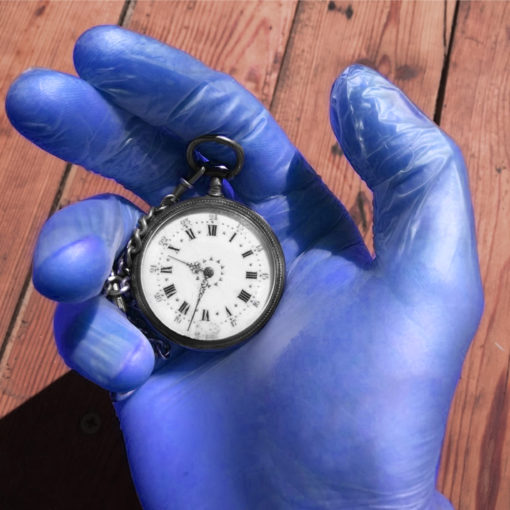EXHIBITION • +/- RECENT WORKS

Gravitating around the notions of sacred art and popular culture, this assemblage of works highlights a series of heterogeneous pieces – paintings, bas-reliefs, drawings, prints, photographs, sculptures, objects, digital manipulations – produced over the past twenty years.
Saint Mathurin is invoked to cure madmen and unbearable wives. He is the patron saint of jesters, clowns and comedians.
Léo Lefort • In praise of the oblique
Saint Mathurin Chapel, Ligné
Open on the weekends of 11-12 & 18-19 September 2021, from 11am to 6pm and by appointment. (02 51 12 27 18 & 06 15 52 98 28)
Opening on Saturday September 11, 2021 at 11.30 am.








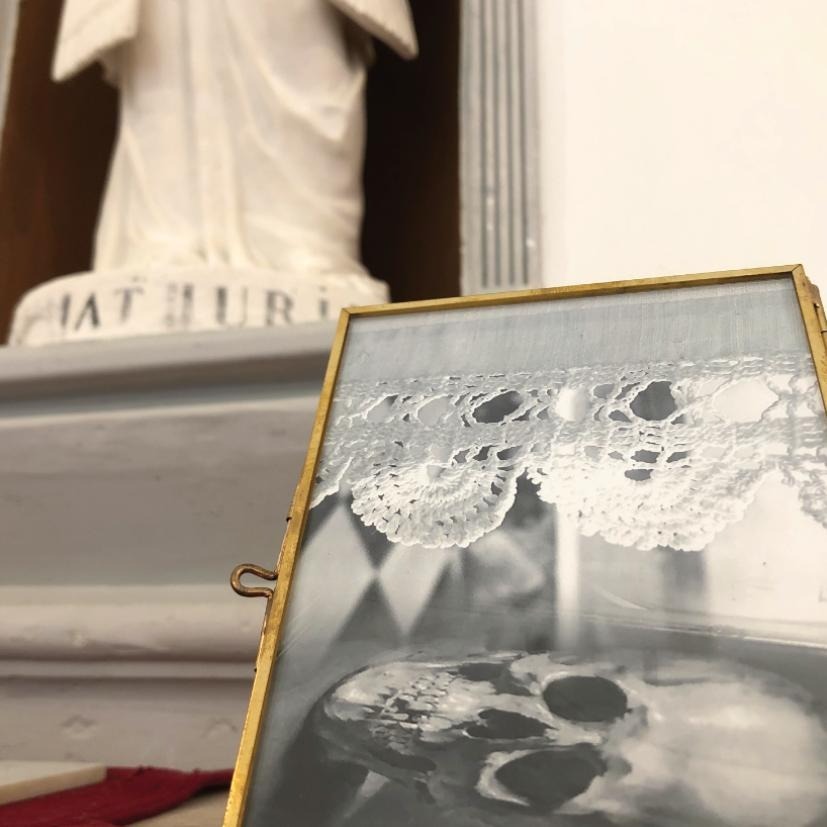







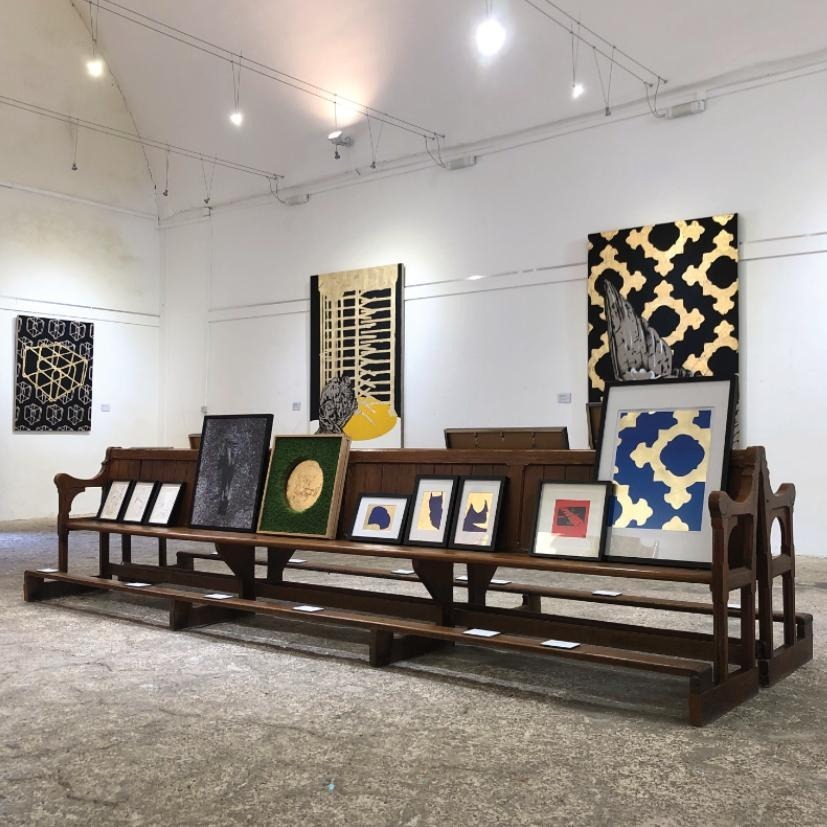
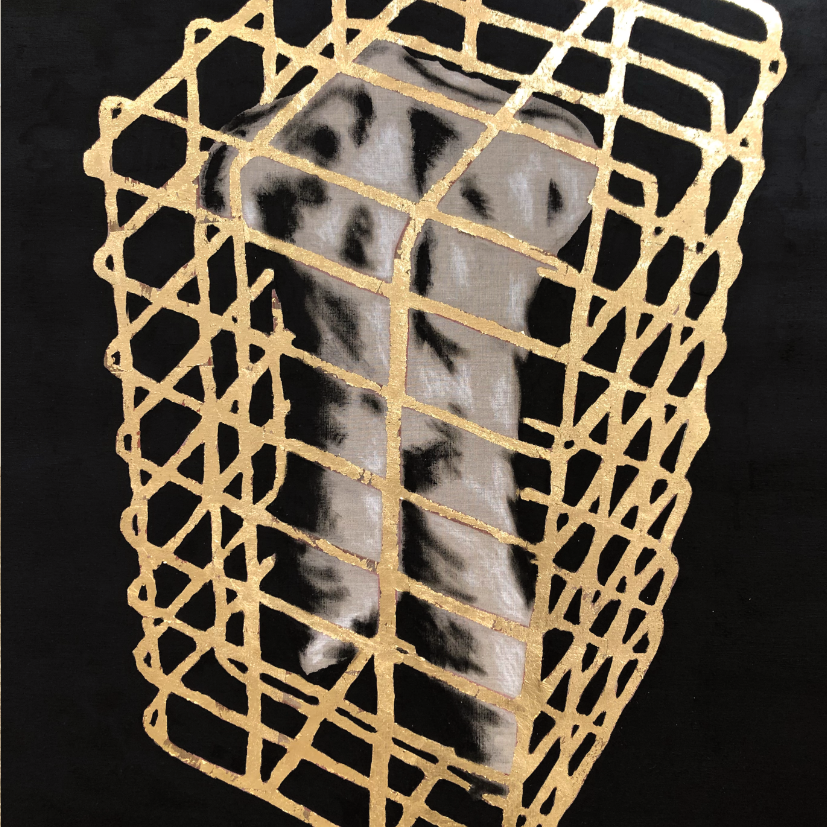


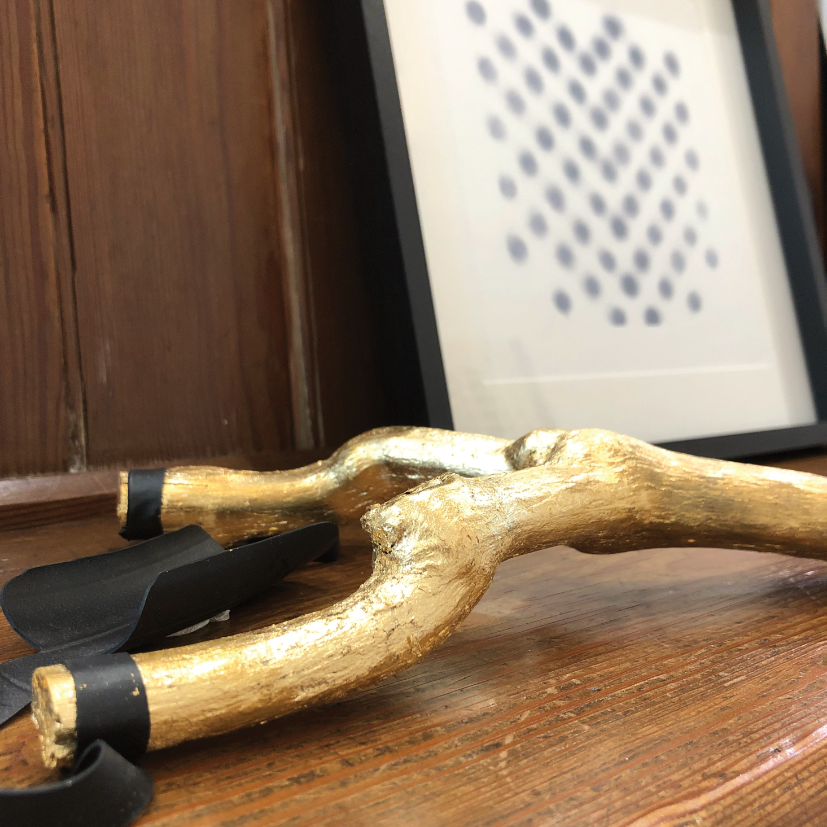

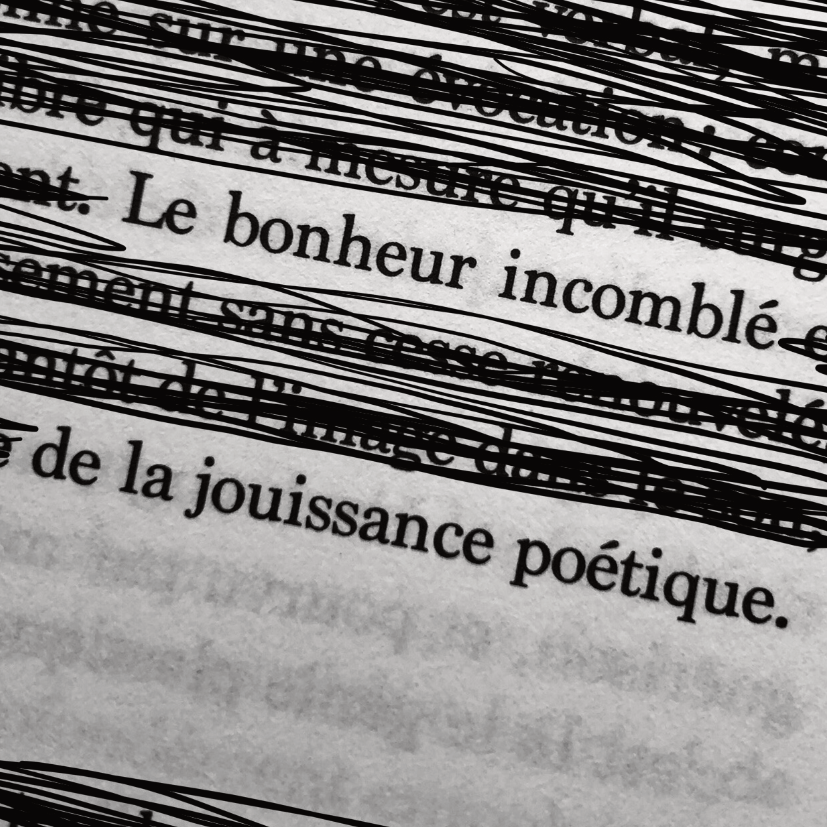


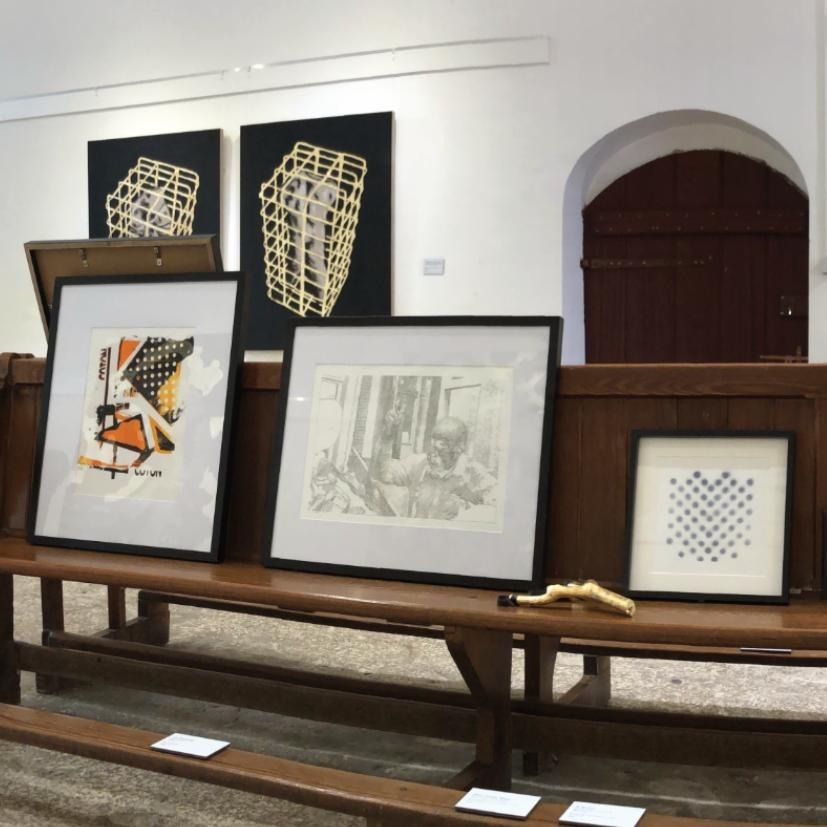
ART TALK
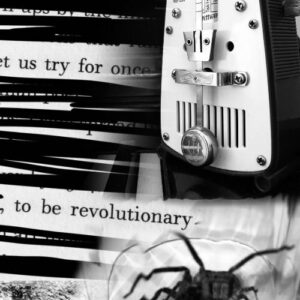
A contemporary look at hybridization • Exchange with Léo Lefort
The work of art is confronted with the question of its staging, its status as an object of fetishism, a consumer product and a propaganda tool. Léo Lefort questions the place of his work in the contemporary dissemination of images (continuous and anarchic flow via digital networks) and, with regard to this phenomenon, that of the artist.
September 18, 2021 at 5:30 pm.e 18 septembre 2021 à 17h30.
Saint Mathurin Chapel
Place de Presteigne
44850 Ligné – France
 Access: Presentation of the Health Pass, in compliance with health and social distancing measures. In accordance with the new decree dated 7 August 2021, entry to the chapel for the public over 18 years of age is now subject to the presentation of a valid health pass, without any notion of gauge. In order to guarantee everyone’s safety, it is still necessary to wear a mask and to respect the barrier gestures. Hydroalcoholic gel is also available.
Access: Presentation of the Health Pass, in compliance with health and social distancing measures. In accordance with the new decree dated 7 August 2021, entry to the chapel for the public over 18 years of age is now subject to the presentation of a valid health pass, without any notion of gauge. In order to guarantee everyone’s safety, it is still necessary to wear a mask and to respect the barrier gestures. Hydroalcoholic gel is also available.
HISTORICAL BACKGROUND
 “It is assumed that the chapel was built in the 13th century by monks who established a priory-cure in Ligné. The chapel served as a parish church until the construction of the church of Saint Peter in the 14th century, and then as a necropolis until 1656. Badly damaged during the Revolution and the Insurrection of 1832, the chapel was restored several times in 1741, 1833, 1855 and 1875. For several centuries, the chapel was a place of pilgrimage. On 10 May, people came to invoke Saint Mathurin, who could cure madmen (also called mathurins or matelins), headaches and make women less unbearable. The stained glass window above the main door depicts Saint Mathurin holding chains in his left hand, a sign of deliverance from the demonic. He raises his right hand above a prostrate figure to cure him of his headaches.”
“It is assumed that the chapel was built in the 13th century by monks who established a priory-cure in Ligné. The chapel served as a parish church until the construction of the church of Saint Peter in the 14th century, and then as a necropolis until 1656. Badly damaged during the Revolution and the Insurrection of 1832, the chapel was restored several times in 1741, 1833, 1855 and 1875. For several centuries, the chapel was a place of pilgrimage. On 10 May, people came to invoke Saint Mathurin, who could cure madmen (also called mathurins or matelins), headaches and make women less unbearable. The stained glass window above the main door depicts Saint Mathurin holding chains in his left hand, a sign of deliverance from the demonic. He raises his right hand above a prostrate figure to cure him of his headaches.”



